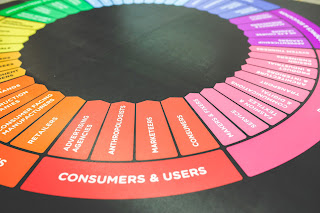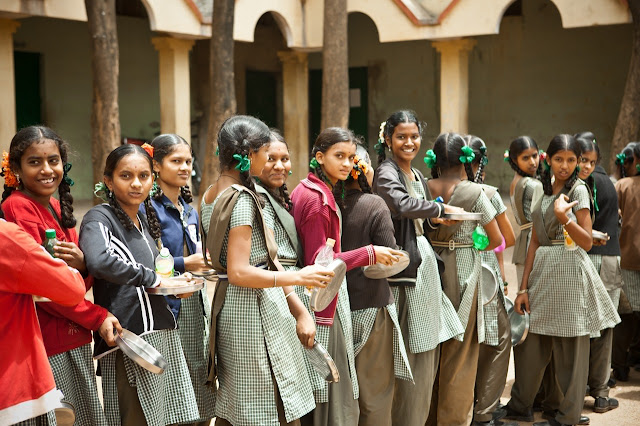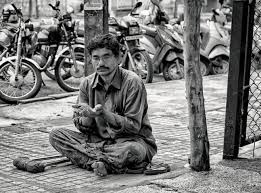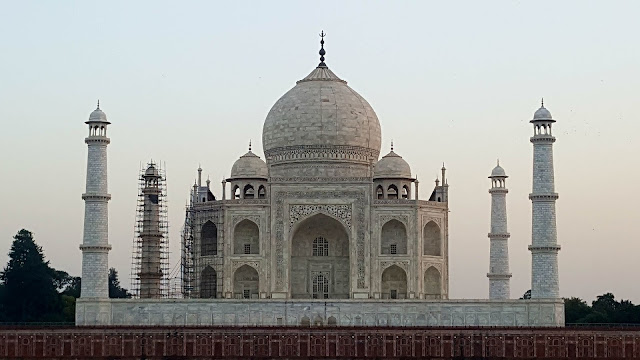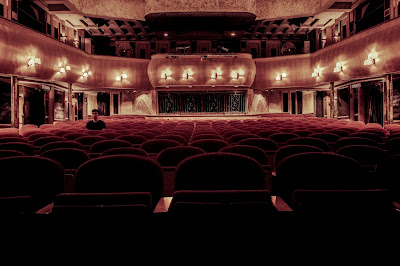 |
| CINEMA HALL |
One fine evening, you, along with your family or friends, went to a nearby Theater to watch a movie, for example a horror movie. After the completion of screening of that movie, the patrons along with you, come out of the hall with some scary feeling, you people just experienced for almost two and a half hours.So did you ever thought ,what you all made to scare like that ?
The only answer, we get even from the remote areas of the world, is SOUND.
Yes. It's sound which makes you to scare.This is not only applied to horror movies, but also to other genres like Action , Fantasy etc.To experience each and every shot of a movie with so much of fulfilment, then it's up to sound.
 |
| MUSIC PLAYER |
Now, here we are going to discuss about the"Evolution of Cinematic Sound".
Here we go.
Here we go.
1.) MONO :-
The First System of Sound in the world film industry is MONO..... it means, a speaker placed behind the screen, at it's center.
2.) STEREO :-
The First Initiative, which made movie's dialogues so clear, by adding two extra speakers, sideways to the already existing mono speaker.
But these two systems didn't satisfied the patrons, as the way film making took some innovative turns in it's journey. Then came the following sound system, which left a great impact on audience.
3.) SURROUND :-
The is the most creative step taken in the field of cinematic sound. It consists of not only the above mentioned speakers/amplifiers, but also the external speakers, which are attached to the walls of the cinema hall, 'surround'ing the audience, and make them to feel as they themselves are involved in the movie.
There are so many companies and brands throughout the world, which have their own name and fame, like:-Dolby, Auro, Sony Dynamic, DTS etc.
And coming to Indian movies, there are some movies which are 'First' among some innovations in sound With India’s first talkie film, Imperial Company’s Alam Ara, Indian cinema found its voice when Ardeshir Irani’s love story between a prince and a gypsy girl premiered at the Majestic Cinema in Mumbai on March 14, 1931.
Just a few months before Alam Ara was to release, more than 30 cinema halls in India equipped themselves with a sound system to screen talkies. But more than any other aspect of sound, what made Indian cinema sound unique was songs. Alam Ara had a dozen songs and Madan Theatre’s Shirin Farhad, which released shortly after Alam Ara, had as many as 42 songs! Needless to say, Shirin Farhad was a much bigger success than Alam Ara.
Till the early 1960s, monophonic sound was being used in Indian cinema. Raj Kapoor’s film Around The World was India’s first film with stereo-phonic sound in 1967. In 1975, Sholay became India’s first film with 4-track Stereophonic sound. Sholay was one of India’s technically most-advanced film.
Just a few months before Alam Ara was to release, more than 30 cinema halls in India equipped themselves with a sound system to screen talkies. But more than any other aspect of sound, what made Indian cinema sound unique was songs. Alam Ara had a dozen songs and Madan Theatre’s Shirin Farhad, which released shortly after Alam Ara, had as many as 42 songs! Needless to say, Shirin Farhad was a much bigger success than Alam Ara.
Till the early 1960s, monophonic sound was being used in Indian cinema. Raj Kapoor’s film Around The World was India’s first film with stereo-phonic sound in 1967. In 1975, Sholay became India’s first film with 4-track Stereophonic sound. Sholay was one of India’s technically most-advanced film.
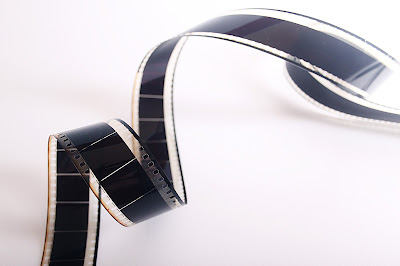 |
| FILM REEL |
1942: A Love Story was the first Indian movie to use a Dolby Sound format and became a milestone in sound engineering. The sound mixing was done in the Dolby SR format in London and the film was released in 1994. Shortly after, Ram Gopal Varma’s Rangeela became the first film to be mixed and released in the Dolby SR format in India. After that, movies were regularly mixed with Dolby SR sound, and the production and post-production infrastructure too started developing in Mumbai and other major cities. Prasad 70-mm in Chennai became the first Dolby-approved sound mixing facility in India. And soon, other studios followed.
Among cinemas, Sterling in Mumbai was the first to have got a Dolby A and SR surround sound system installed.
The Digital Evolution:-
Among cinemas, Sterling in Mumbai was the first to have got a Dolby A and SR surround sound system installed.
The Digital Evolution:-
Dolby SR graduated into a more advanced and sophisticated technology – Dolby Digital. Dolby Digital is Dolby’s most famous creation to date and has been installed in over 80,000 cinemas all over the world.
In India, Ram Gopal Varma was the first filmmaker to use Dolby Digital in his movie Daud, released in 1997. Cinemas proudly displayed the Dolby Digital logo in their premises and played the Dolby trailer before the start of every movie.
In 1999, Dillagi became the first film to be mixed and released in Dolby Digital Surround EX in India. Dolby Digital Surround EX took the Dolby Digital 5.1-channel set-up one step further, introducing an additional third rear surround audio channel.
In 2010, Dolby introduced a new format called Dolby Surround 7.1 for digital cinema. Dolby Surround 7.1 uses eight discrete audio channels to establish four surround zones in a cinema. Dolby Surround 7.1 delivers a premium listening experience, enveloping the audience with improved depth and realism that immerses them in the action.
In April 2011, Dum Maaro Dum is the first Indian movie to be released in Dolby Surround 7.1.

